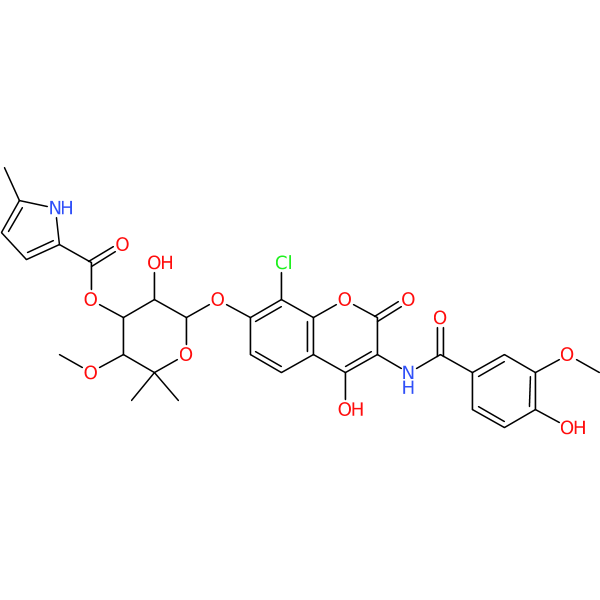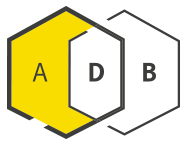
|
|
Molecular weight: 659.04
|
|
|
Iso. SMILES:
|
CC1=CC=C(N1)C(=O)OC2C(C(OC(C2OC)(C)C)OC3=C(C4=C(C=C3)C(=C(C(=O)O4)NC(=O)C5=CC(=C(C=C5)O)OC)O)Cl)O
|
|
InChI Key:
|
LNDDBMXOCFEELJ-UHFFFAOYSA-N
|
|
Can. SMILES:
|
CC1=CC=C(C(=O)OC2C(C(OC3=C(C4=C(C=C3)C(=C(C(=O)O4)NC(=O)C5=CC=C(C(=C5)OC)O)O)Cl)OC(C)(C)C2OC)O)N1
|
|
InChI:
|
InChI=1S/C31H31ClN2O12/c1-13-6-9-16(33-13)28(39)45-25-23(37)30(46-31(2,3)26(25)42-5)43-18-11-8-15-22(36)21(29(40)44-24(15)20(18)32)34-27(38)14-7-10-17(35)19(12-14)41-4/h6-12,23,25-26,30,33,35-37H,1-5H3,(H,34,38)
|
|


